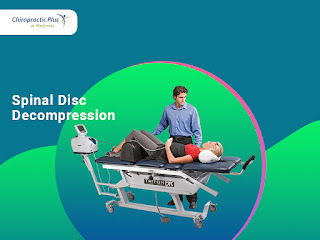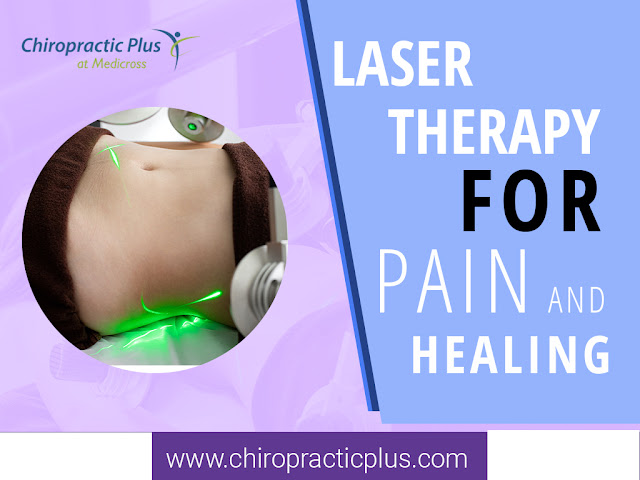Everything To Know About Spinal Disc Decompression Therapy
The supporting function is one of the main functions of the spinal column. With the transition of mankind to upright posture, the amplitude and type of load have changed significantly, the value of the shock-absorbing properties of intervertebral discs and their ability to self-heal after exertion has increased many times and that process can also be made faster by spinal disc decompression.
Pressure on the intervertebral discs.
- Lying on your back- 25%
- Lying on its side-75%
- Standing-100%
- Standing, leaning forward-150%
- Standing, leaning forward, in the hands of the weight-220%
- Sitting-140%
- Sitting forward-185%
- Sitting forward with weight in hand-275%
Why choose spinal decompression therapy?
That is, the occupational risk group "along the spine" includes not only professions associated with carrying heavy loads, vibration exposure, or forced postures but also sedentary professions: officials of all ranks, intellectual labor specialists and drivers, jewelers, and seamstresses, shoemakers, and crane operators.
Prolonged stress, age-related deterioration of metabolic processes, cardiovascular disorders, etc. inevitably affect the regenerative capabilities of the intervertebral discs and together with chronic physical inactivity and occupational stress lead to the formation of various lesions of the spinal column. Countless publications are devoted to these problems, both on paper and on the Internet.
Reducing the load on the spine is a completely natural desire, however, it turned out to be possible to completely "turn off" the compression of the intervertebral discs only in zero gravity conditions. As a result, NASA astronauts "grew up" by an average of a couple of inches during the flight. Attempts to simulate this effect on the ground led to the development of a series of traction devices, which were subsequently replaced (so far in the West) with spinal decompression systems.
Advantages of spinal decompression
The advantage of the spinal disc decompression approach is determined primarily by the fact that the tensile force on the spine is applied taking into account the angular parameters of the location of the vertebrae (see figure): typical parameters are 18 ° (range 6 ° -30 °), initial load is 50% of the weight minus 4.5 kg. In this case, negative pressure on the disk, or "vacuum effect" leads to:
- Accelerated disc rehydration,
- Increased intake of nutrients from the bloodstream,
- Reverse absorption of the hernia material,
- Reducing the pinching of the nerve trunks,
- Alleviate pain.
All this determines the reduction and elimination of the true cause of pain and symptoms instead of masking it with analgesics or a radical solution in the form of surgical intervention. It is the non-invasiveness of the decompression effect with an average efficiency of 86% that is the main advantage of this method.
Spinal disc decompression has proven to be a highly effective conservative treatment for disc disease. According to their results, symptomatology improved in 86% (subjectively) patients oriented to surgery, and mechanical function (according to objective data) was restored in 92% of cases. In particular, the authors note a decrease in pain and, accordingly, a decrease in the consumption of analgesics, a normalization of the amplitude of movement, reflexes, gait; sensing, mobility, etc.
3 months after the course of treatment, only 2% of patients reported a resumption of pain, and 3% during testing revealed motor limitations and a decrease in the range of motion of the spine.




Comments
Post a Comment